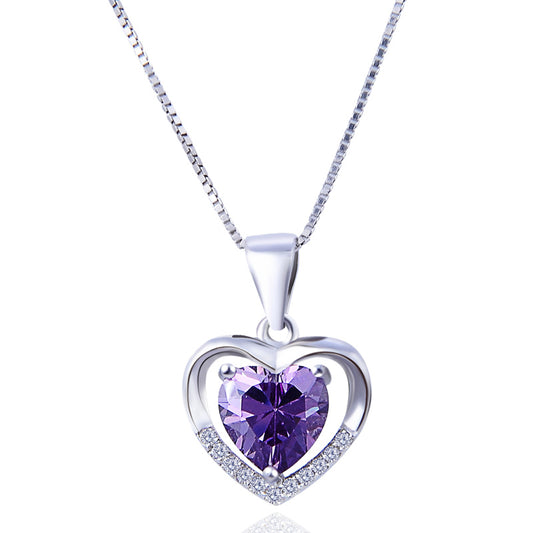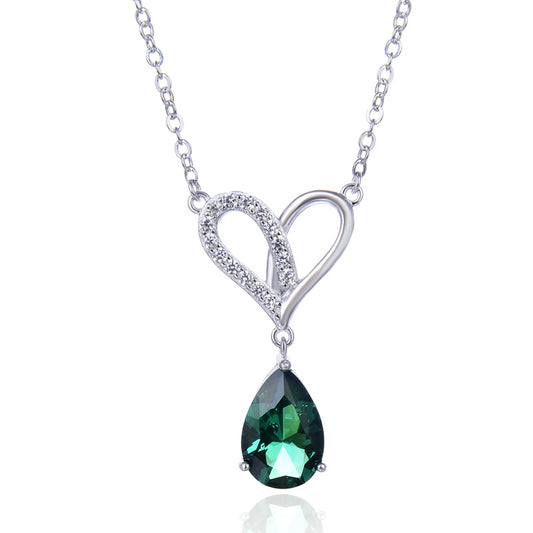Why is Valentine's Day Celebrated?
Valentine's Day, also known as Saint Valentine's Day or the Feast of Saint Valentine, is celebrated annually on February 14. It originated as a Western Christian feast day honoring one or two early Christian martyrs named Saint Valentine, and is recognized as a significant cultural and commercial celebration in many regions around the world, although it remains a working day in most countries.
The day was first associated with romantic love in the circle of Geoffrey Chaucer in the High Middle Ages, when the tradition of courtly love flourished. In 18th-century England, it evolved into an occasion in which couples expressed their love for each other by presenting flowers, offering confectionery, and sending greeting cards (known as "valentines"). In Europe, people started to send chocolates and flowers to their beloved. Valentine's Day symbols that are used today include the heart-shaped outline, doves, and the figure of the winged Cupid.
Since the 19th century, handwritten valentines have given way to mass-produced greeting cards. In some parts of the world, Valentine's Day is viewed as a "Hallmark holiday", due to the commercialization of celebrations with greeting cards, flowers, chocolates, and similar gifts. The commercialization has led to significant controversy and criticism from some people who believe the holiday's origins and traditions are being marginalized or ignored.
Origins
The exact origins and identity of Valentine's Day are unclear, and hidden amongst conflicting Christian and ancient Roman tradition. Some experts have traced its origins to the Roman festival known as Lupercalia, held in mid-February, which celebrated fertility and the coming of spring. However, others argue that those celebrations were actually separate and distinct from Valentine's Day.
The Catholic Church recognizes at least three different saints named Valentine or Valentinus, all of whom were martyred. One legend contends that Valentine was a priest who served during the third century in Rome. When Emperor Claudius II decided that single men made better soldiers than those with wives and families, he outlawed marriage for young men. Valentine, realizing the injustice of the decree, defied Claudius and continued to marry young lovers in secret. When Valentine's actions were discovered, Claudius ordered that he be put to death.
Another legend tells of Valentine of Terni, a bishop who was martyred during the reign of Emperor Aurelian in 273 AD. While in prison, Valentine is said to have cured the blindness of the daughter of his jailer, Asterius. Before his execution, he wrote her a farewell letter signed "Your Valentine," an expression that is still in use today.
Regardless of the exact historical roots, Valentine's Day is now widely recognized as a day for celebrating love and affection, often through the giving of gifts, flowers, chocolates, and cards.
Modern Celebrations
In modern times, Valentine's Day has evolved into a more secular celebration of love and affection. It is marked by the exchange of gifts, such as flowers, chocolates, jewelry, and greeting cards, known as "valentines." These valentines can range from homemade cards to elaborately designed commercial cards, often featuring romantic messages and imagery.
The holiday has also become a popular time for proposals and weddings, with many choosing to take advantage of the romantic atmosphere to express their love and commitment.
In addition to gift-giving, Valentine's Day is often celebrated with special meals and romantic activities, such as candlelit dinners, walks in the park, or evenings spent dancing and enjoying each other's company.
Cultural Significance
Valentine's Day has become a culturally significant celebration of love and affection around the world. In some countries, such as the United States, Canada, the United Kingdom, and Australia, it is widely observed and commercialized, with retailers offering special promotions and discounts on gifts and experiences related to the holiday.
The holiday also serves as a reminder of the importance of expressing love and appreciation for our partners, family, and friends. Whether through grand gestures or simple acts of kindness, Valentine's Day encourages us to show those we care about how much we value them.
Criticism and Controversy
Despite its widespread popularity, Valentine's Day has also faced criticism and controversy over the years. Some argue that the holiday has become overly commercialized, with retailers capitalizing on the opportunity to sell more products. Others believe that the holiday places undue pressure on individuals to express their love in a certain way, often through expensive gifts or extravagant gestures.
Additionally, some argue that Valentine's Day reinforces gender stereotypes and expectations, with men often expected to be the ones initiating romantic gestures and women expected to passively receive them. These criticisms have led some people to reject the holiday altogether, choosing instead to celebrate love and affection on their own terms and in their own way.
Conclusion
Valentine's Day, whether you love it or hate it, is a holiday that has deep roots in history and culture. While its exact origins may be shrouded in mystery, its modern celebration as a day of love and affection is undeniable. From handmade cards to extravagant gifts, Valentine's Day encourages us to show our loved ones how much we care. And while the holiday may be surrounded by controversy and criticism, its core message of love and appreciation remains the same.
So, why is Valentine's Day celebrated? It's a day to show those we care about how much they mean to us, to express our love and affection in whatever way feels most authentic and meaningful. Whether you choose to celebrate with grand gestures or simple acts of kindness, Valentine's Day is a reminder of the importance of love and appreciation in our lives.








